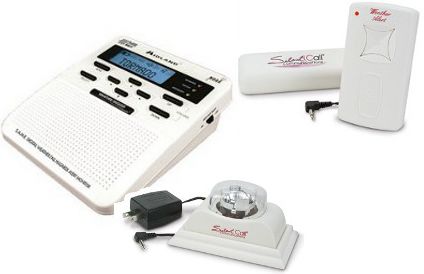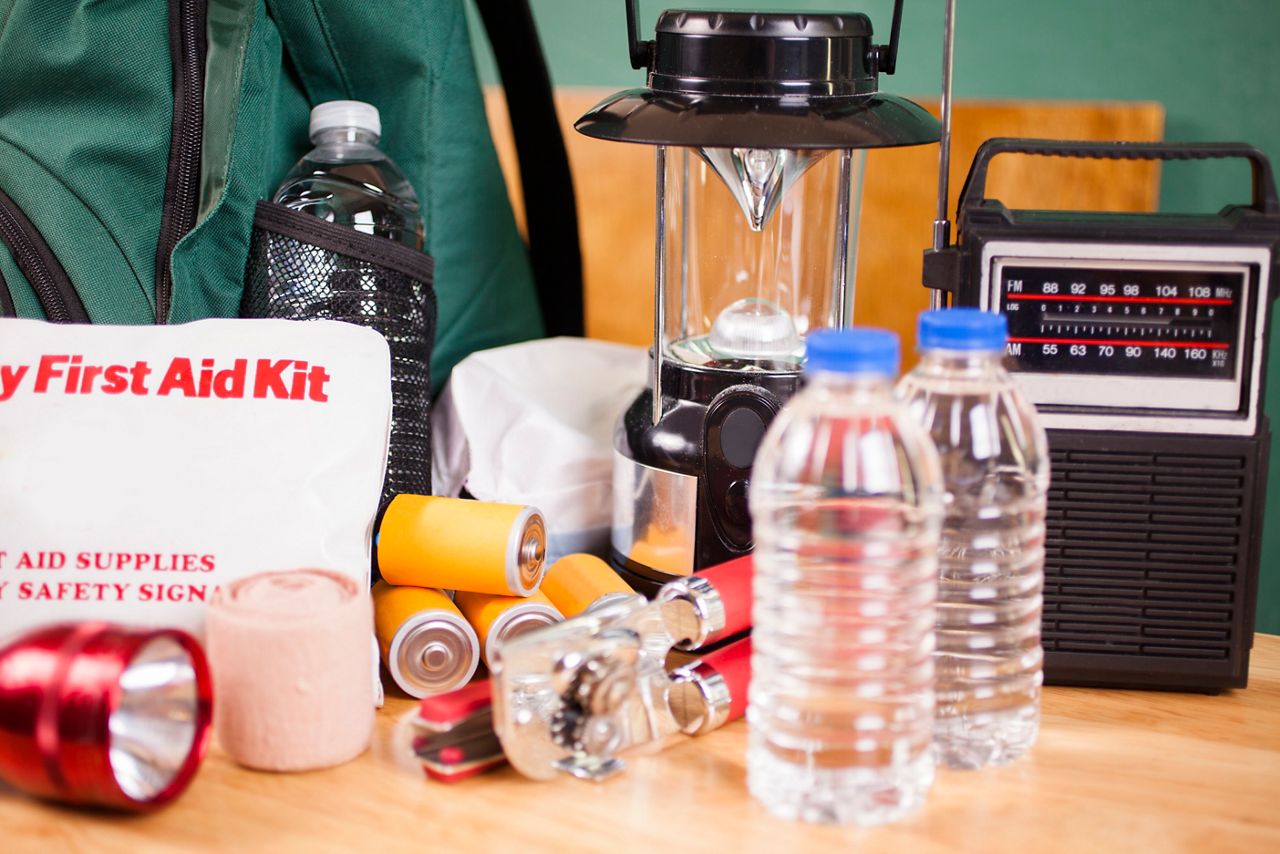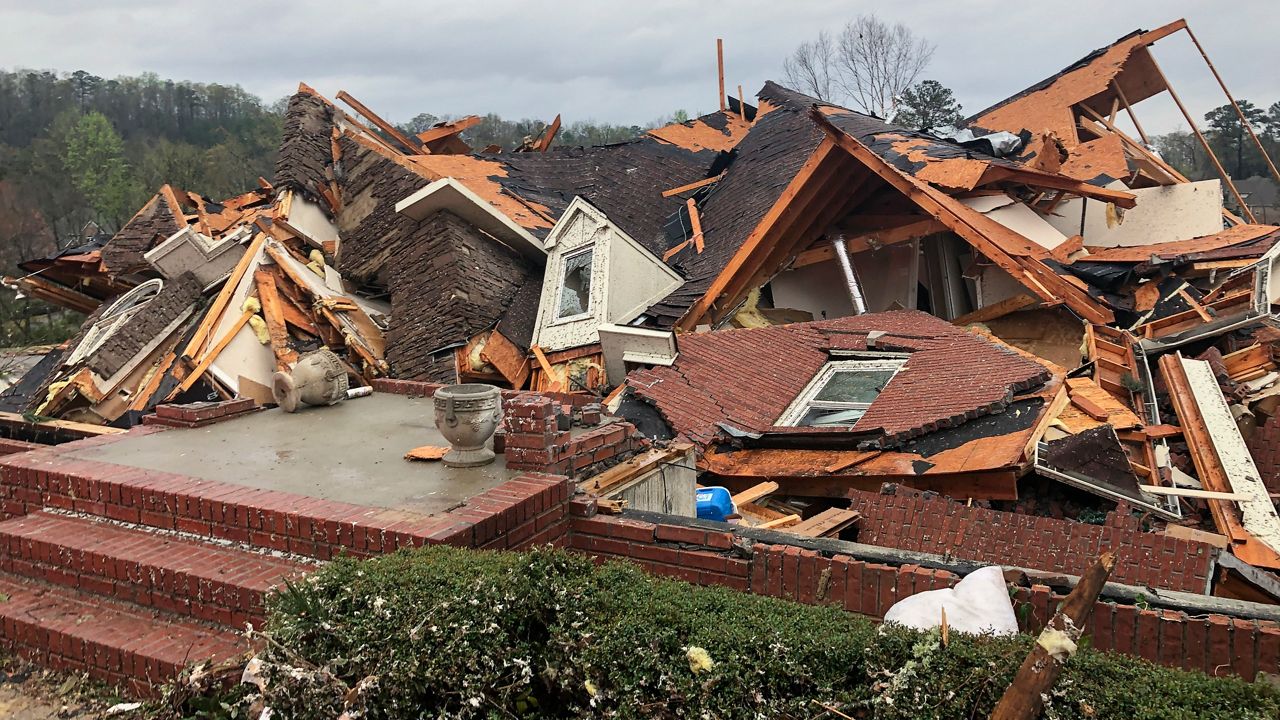We’re all familiar with the alarm that goes off on our phone, television, or radio when severe weather is near.
But what if you couldn’t hear that alarm? This is a challenge faced by many people with hearing disabilities.
Fortunately, there are ways for people with hearing disabilities to receive life-saving weather notifications. There are also other precautions you can take to prepare for severe weather.

You might think that a NOAA weather radio only alerts you with a loud screech, but did you know other features are available?
Not only does it have a loud alarm, but it also has a vibrating function. You can place this radio under your pillow to wake you if severe weather is possible in your area overnight.
Text readouts are also a feature on a NOAA weather radio.
You can also add special adaptors to some models. These include colorized warning lights to indicate the level of alert and a liquid crystal display readout of specific warnings.
When the NWS issues a watch or warning in your area, the lights will flash, which can be helpful during the day or when you’re sleeping.
The NWS dubbed the saying unrelatable to the hearing-impaired community, so they came up with a new slogan. See a flash, dash inside.
Remember to find an enclosed shelter when you see a flash or feel a rumble of thunder. Open structures with a room, such as a picnic shelter or porch, are not sufficient protection from lightning.

The basic necessities in a safety kit are typically a flashlight, batteries, sleeping bags, extra water, etc., but some of these items can be handy in different ways.
- Flashlight: To read lips or for a sign language interpreter
- Batteries: For flashlights, hearing aids, or cochlear implants
- Communication Cards: To help explain basic needs, especially to medical personnel
- Pen and Paper: To communicate with people who do not know sign language
- List of Emergency Contact Numbers: To quicken communication with others
- Sealed Container: To protect your electronics, especially hearing aids and cochlear implants
Make sure to prepare this safety kit before the bad weather strikes.



